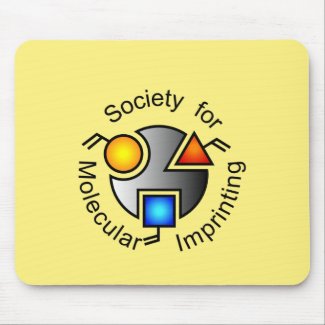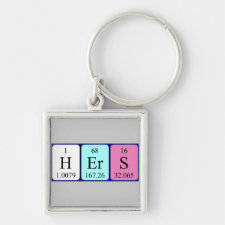
Authors: Hoshino Y, Jibiki T, Nakamoto M, Miura Y
Article Title: Reversible pKa Modulation of Carboxylic Acids in Temperature-Responsive Nanoparticles through Imprinted Electrostatic Interactions.
Publication date: 2018
Journal: ACS Applied Materials & Interfaces
Volume: 10
Issue: (37)
Page numbers: 31096-31105.
DOI: 10.1021/acsami.8b11397
Abstract: The acid dissociation constants (pKa values) of Brønsted acids at the active sites of proteins are reversibly modulated by intramolecular electrostatic interactions with neighboring ions in a reaction cycle. The resulting pKa shift is crucial for the proteins to capture, transfer, and release target ions. On the other hand, reversible pKa modulation through electrostatic interactions in synthetic polymer materials has seldom been realized because the interactions are strongly shielded by solvation water molecules in aqueous media. Here, we prepared hydrogel nanoparticles (NPs) bearing carboxylic acid groups whose pKa values can be reversibly modulated by electrostatic interactions with counterions in the particles. We found that the deprotonated states of the acids were stabilized by electrostatic interactions with countercations only when the acids and cations were both imprinted in hydrophobic microdomains in the NPs during polymerization. Cationic monomers, like primary amine- and guanidium group-containing monomers, which interacted strongly with growing NPs showed greater pKa modulation than monomers that did not interact with the NPs, such as quaternary ammonium group-containing monomers. Modulation was enhanced when the guanidium moieties were protected with hydrophobic groups during polymerization, so that the guanidium ions were imprinted in the hydrophobic microdomains; the lowest pKa of ~4.0 was achieved as a result. The pKa modulation of the acids could be reversibly removed by inducing a temperature-dependent volume phase transition of the gel NPs. These design principles are applicable to other stimuli-responsive materials and integral to the development of synthetic materials that can be used to capture, transport, and separate target ions
Author keywords: electrostatic interaction, hydrogel, ion imprinting, Nanogel, nanoparticles, pKa modulation, proton pump, Temperature responsive



Join the Society for Molecular Imprinting

New items RSS feed
Sign-up for e-mail updates:
Choose between receiving an occasional newsletter or more frequent e-mail alerts.
Click here to go to the sign-up page.
Is your name elemental or peptidic? Enter your name and find out by clicking either of the buttons below!
Other products you may like:
 MIPdatabase
MIPdatabase









